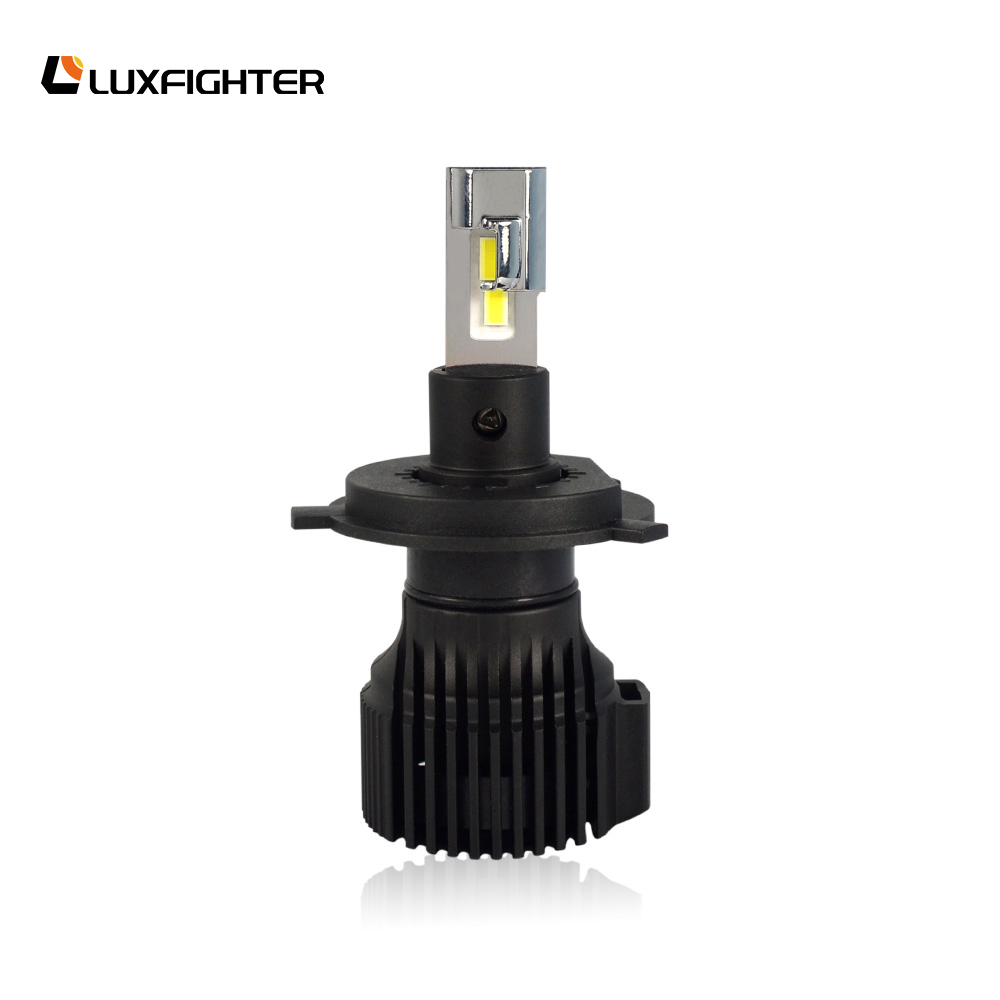Shedding Light on Signs Your Headlight Bulb Needs Replacement
2024-03-22
Headlights are crucial components of your vehicle's safety system, providing visibility during nighttime driving and in adverse weather conditions. However, like all bulbs, headlight bulbs eventually wear out and require replacement. Recognizing the signs of a failing headlight bulb is essential for maintaining optimal visibility and safety on the road. In this blog, we'll explore common signs that indicate a headlight bulb needs to be replaced, helping you stay proactive about your vehicle's maintenance.
1. Dimming or Flickering Lights:
One of the most obvious signs of a failing headlight bulb is dimming or flickering lights. If you notice that one or both of your headlights are noticeably dimmer than usual or flicker intermittently while driving, it's likely that the bulb is nearing the end of its lifespan. Dimming or flickering lights can occur due to a variety of reasons, including worn-out filaments, loose connections, or electrical issues.
2. Uneven Illumination:
Another sign that your headlight bulb may need replacement is uneven illumination. If one headlight appears significantly brighter or dimmer than the other, it could indicate an imbalance in bulb performance. Uneven illumination may be caused by a faulty bulb, a misaligned headlight assembly, or a problem with the electrical system. Regardless of the cause, it's essential to address uneven illumination promptly to ensure consistent visibility on the road.
3. Reduced Visibility at Night:
If you find yourself struggling to see clearly at night, even with your headlights turned on, it may be a sign that your headlight bulbs are failing. Reduced visibility at night can result from dim or faded bulbs that no longer emit sufficient light to illuminate the road ahead. As headlight bulbs age, their brightness gradually diminishes, compromising your ability to see obstacles, road signs, and other vehicles, especially in poorly lit areas.
4. Discoloration or Hazing:
Inspecting the exterior of your headlight bulbs can also provide valuable clues about their condition. Discoloration or hazing on the surface of the bulb indicates degradation of the bulb's materials, which can affect light output and quality. Over time, exposure to heat, moisture, and environmental contaminants can cause the outer casing of headlight bulbs to discolor or become cloudy, reducing their effectiveness and requiring replacement.
5. Visible Damage or Corrosion:
Physical damage or corrosion on the bulb itself is a clear indication that it needs to be replaced. Cracks, chips, or breaks in the glass or plastic casing can compromise the bulb's integrity and lead to moisture ingress, electrical shorts, or even bulb failure. Additionally, corrosion on the bulb's contacts or connectors can disrupt electrical flow and cause erratic behavior, such as flickering or intermittent operation.
Conclusion:
Recognizing the signs of a failing headlight bulb is essential for maintaining optimal visibility and safety on the road. If you experience dimming or flickering lights, uneven illumination, reduced visibility at night, discoloration or hazing, or visible damage or corrosion, it's time to replace your headlight bulbs promptly. By staying vigilant and addressing these signs promptly, you can ensure that your headlights continue to provide reliable illumination and enhance your driving experience. If you're unsure about the condition of your headlight bulbs or how to replace them, don't hesitate to consult with a professional mechanic or automotive technician for assistance.



